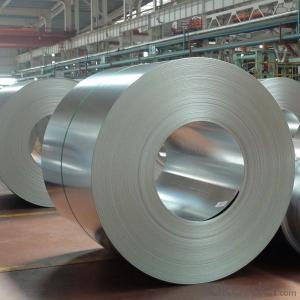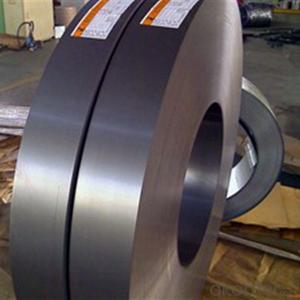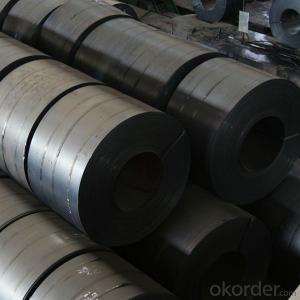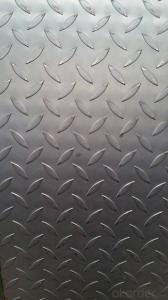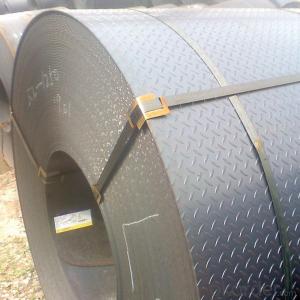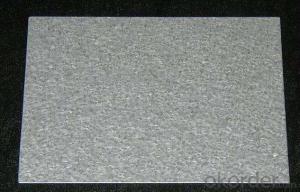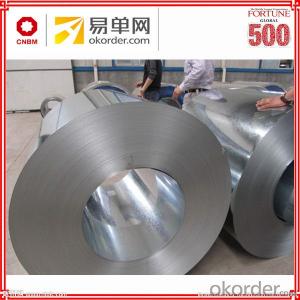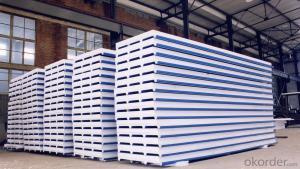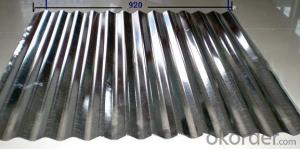Stainless Steel Kids Plates
Stainless Steel Kids Plates Related Searches
Best Paint For Stainless Steel Blanket Insulation For Steel Buildings Primer For Galvanized Steel Foam Filter For Stainless Steel H S Code For Stainless Steel Surface Grinding Wheels For Stainless Steel Surface Grinding Wheels For Hardened Steel Hole Saw For Stainless Steel Paint For Stainless Steel Stainless Steel For BbqHot Searches
Steel Mesh Panels For Sale Price For Stainless Steel Scrap Scrap Price For Stainless Steel Price For Stainless Steel Stainless Steel Tank For Sale Stainless Steel Sheets For Sale Cheap High Tea Sets For Sale Stainless Steel Tanks For Sale Stainless Steel For Sale High Density Fiberboard For Sale Solar Hot Water Collectors For Sale Scaffolding For Sale In Uae Scaffolding For Sale In Ireland Scaffolding For Sale In Houston Type Of Inverter For Solar Price Of Shipping Containers For Sale Types Of Inverter For Solar Stock Price For Aluminum Used Solar Inverter For Sale Steel Mesh Panels For SaleStainless Steel Kids Plates Supplier & Manufacturer from China
Okorder.com is a professional Stainless Steel Kids Plates supplier & manufacturer, offers integrated one-stop services including real-time quoting and online cargo tracking. We are funded by CNBM Group, a Fortune 500 enterprise and the largest Stainless Steel Kids Plates firm in China.Hot Products
FAQ
- Yes, steel sheets are magnetic. Steel is primarily composed of iron, which is a ferromagnetic material. This means that it can be magnetized and attracts other magnetic materials. Steel sheets are often used in applications where magnetic properties are required, such as in the manufacturing of magnets, electrical appliances, and various industrial equipment.
- Yes, steel sheets can be easily formed into decorative panels. Steel is a versatile material that can be shaped and molded into various forms, including decorative panels. With the right equipment and techniques, steel sheets can be cut, bent, and manipulated to create intricate and unique designs. Additionally, steel is a durable and long-lasting material, making it ideal for decorative panels that require both aesthetic appeal and structural integrity. Whether it's for architectural purposes, interior design, or artistic installations, steel sheets can be easily transformed into visually appealing and functional decorative panels.
- Steel sheets are made through a process called hot rolling, where steel ingots are heated and passed through a series of rolling mills to reduce their thickness and shape them into flat sheets.
- Some of the different surface finishes for galvalume steel sheets include regular spangle, minimized spangle, and zero spangle.
- No, steel sheets are not resistant to termites or pests as they do not provide any nutritional value to these organisms.
- When handling steel sheets, it is important to follow several safety precautions. Firstly, workers should wear appropriate personal protective equipment (PPE) such as gloves, safety glasses, and steel-toed boots to protect themselves from potential injuries or hazards. Additionally, workers should be trained on proper lifting techniques to prevent strains or muscle injuries. It is crucial to use mechanical lifting equipment like cranes or forklifts when moving heavy steel sheets to avoid manual handling risks. Furthermore, the storage area should be organized and secured to prevent falling objects and injuries. Regular inspections of the sheets for defects or sharp edges are necessary to prevent cuts or punctures. Lastly, workers should be aware of the proper procedures for cutting or shaping steel sheets, using tools that are well-maintained and in good working condition. Adhering to these safety precautions will help minimize the risk of accidents and ensure a safe working environment.






















